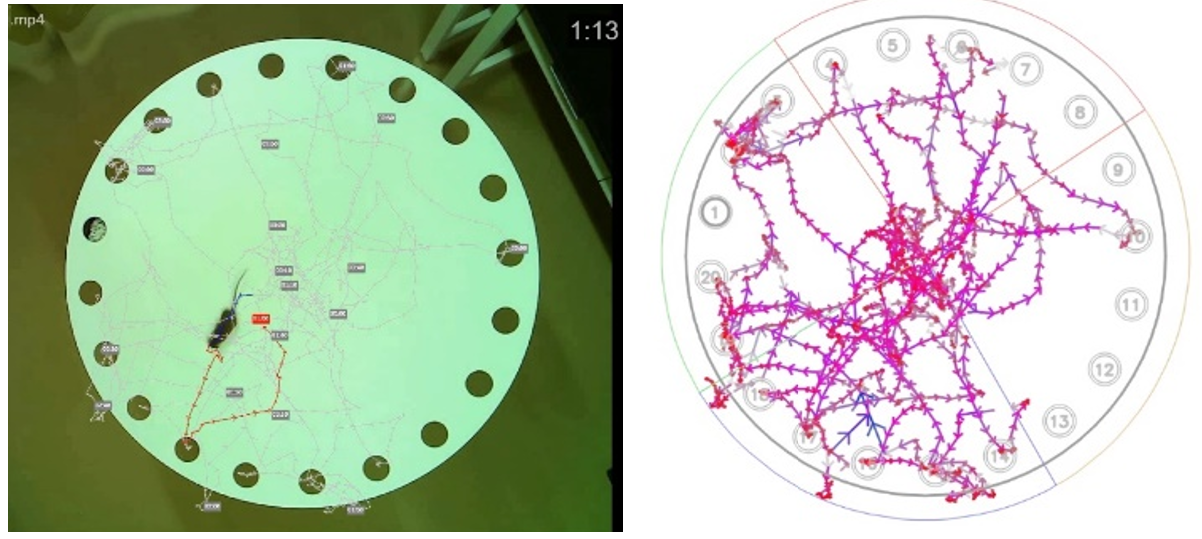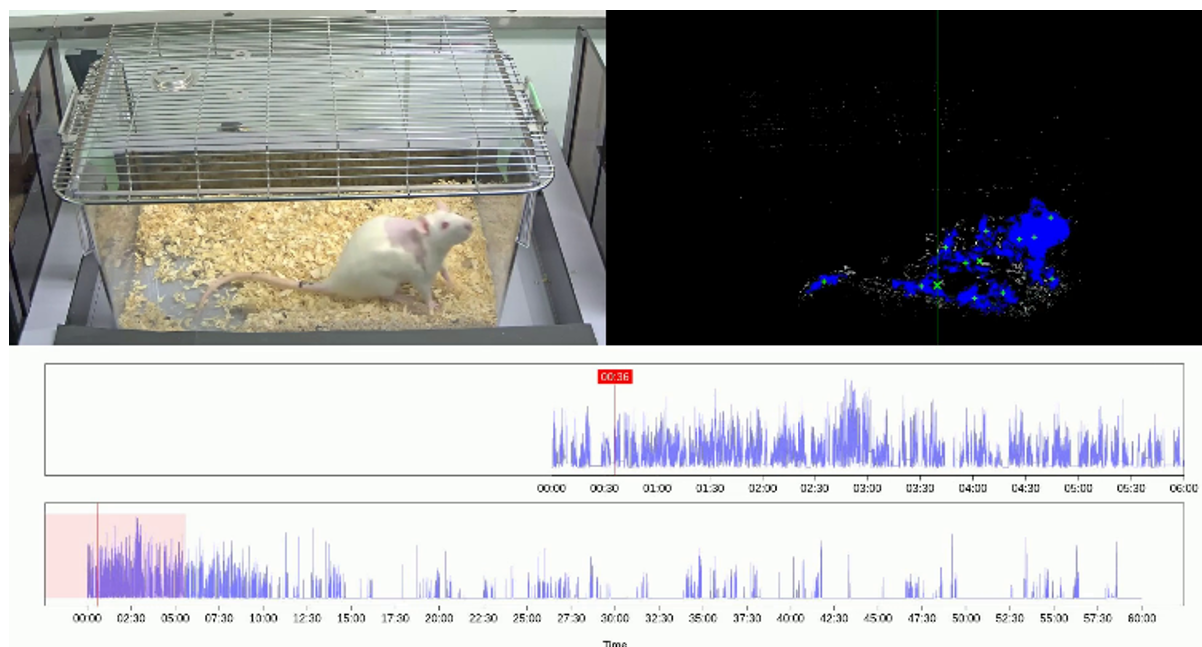To develop a drug, compounds for new drug candidates initially undergo screening processes. Selected compounds are then thoroughly evaluated for their efficacy and safety profiles before proceeding to clinical studies. Animal studies, primarily using mice and rats, are conducted for safety and efficacy analysis. These studies are a crucial step in evaluating the efficacy and safety of drugs. Using laboratory animals allows for the monitoring of physiological responses similar to those in humans. Digital technology and AI makes animal behavior assessment more precise and efficient, significantly improving drug development process.
Maze Exploration Tests In Mice

Evaluation of Rat Activity Levels
Evaluating rat activity levels is also important. Drug-induced changes in activity levels in animals are potentially related to side effects in humans, such as mental disorders, dizziness, drowsiness, and fatigue. For this reason, conducting a thorough assessment on these changes before clinical studies is essential.
Although disruptions in the circadian rhythms of animals can only be detected through quantitative and longitudinal analysis using specialized devices and cages, the assessment of animal activity levels in general toxicity tests is often subjective and qualitative. Therefore, Eisai has focused on incorporating video analysis technologies into general toxicity tests and explored its application in the quantitative evaluation of animal activity levels.
Utilizing video analysis technology to measure activity levels in standard housing cages allows for simple and long-term quantitative behavioral evaluation. Further application of this technology for detecting other abnormal behaviors will enable the collection of more data on drug side effects.

Conclusion
By utilizing technology and AI, the assessment of animal behavior can be enhanced, enabling more precise and efficient analysis while significantly improving the drug development process. This could potentially lead to the development of safer and more effective medications.
